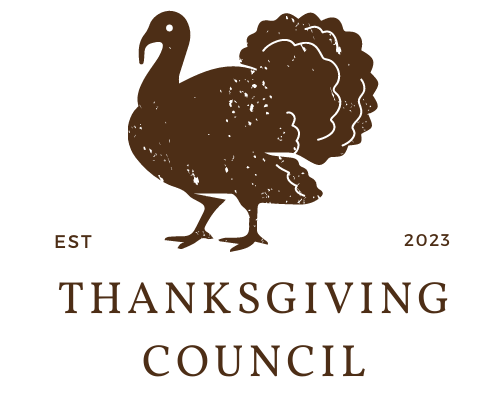Discover simple activities and authentic approaches to raise thankful kids this season. The crisp autumn air carries with it more than just the scent of fallen leaves and pumpkin spice. As Thanksgiving approaches, I find myself reflecting on one of the most important lessons we can give our children the art of being truly grateful. Teaching gratitude to kids during the thanksgiving season is not just about getting them to say “thank you” more often, though that is certainly part of it.
Last year, my seven year old daughter came home from school complaining that her friend had gotten the cooler lunch box. While I was tempted to launch into a lecture about appreciation, I realized this was actually a perfect teaching moment. Instead of telling her what she should feel grateful for, I asked her to help me understand what made her own lunch box special. By the end of our conversation, she had discovered three things she loved about it that she had never noticed before.
This experience taught me that gratitude activities for children work best when they emerge naturally from real situations. Rather than forcing thankfulness, we can guide our kids to discover it for themselves. The thanksgiving season provides countless opportunities for these organic teaching moments, from preparing family meals together to talking about what we appreciate about relatives we will see during holiday gatherings.
Children learn gratitude best through observation and practice, not through lengthy explanations about why they should be thankful. When I model grateful behavior in my daily life, my kids pick up on it far more quickly than when I simply tell them to be appreciative. This might mean saying “thank you” to the grocery store clerk with genuine warmth, or expressing out loud how grateful I am for a sunny day when we were planning to go to the park.
The beauty of teaching kids thankfulness during this season lies in how naturally it fits into our existing traditions. Family thanksgiving traditions often already include moments of reflection, whether through saying grace, sharing what we are thankful for around the dinner table, or volunteering together to help others. These rituals become powerful gratitude lessons when we approach them with intention rather than just going through the motions.
One approach that has worked well in our household is what I call gratitude discovery. Instead of asking my children what they are thankful for, which often results in generic answers like my family or “my toys,” I encourage them to notice specific details. What did someone do today that made them feel cared for? What happened this week that made them smile? These questions help children develop the habit of noticing positive moments as they happen.

Thanksgiving gratitude activities do not need to be elaborate or time consuming. Some of the most meaningful moments happen during ordinary interactions. While folding laundry together, we might talk about how fortunate we are to have warm clothes. During bedtime stories, we could reflect on the adventures we had that day. These small conversations build a foundation of thankfulness that extends far beyond the holiday season.
The challenge many parents face is helping children understand the difference between wanting more and appreciating what they already have. This is where teaching children to be grateful becomes more complex than simple thank you reminders. It requires helping them develop perspective, which is admittedly difficult when they are surrounded by advertisements telling them what they need to be happy.

I have found that involving children in acts of service during the thanksgiving season helps them gain this perspective naturally. When my kids help prepare food for a neighbor who just had surgery, or when we donate toys they have outgrown, they begin to see their own abundance through different eyes. These experiences with gratitude for kids create lasting impressions that no lecture could achieve.
Creating thankful children is not about suppressing their desires or making them feel guilty for wanting things. Rather, it is about expanding their awareness so they can hold both contentment and aspiration at the same time. They can appreciate their current bicycle while still hoping for a new one, understanding that gratitude and goals are not mutually exclusive.
The thanksgiving season offers us a unique opportunity to slow down and focus on what matters most. In our rush through daily life, we often miss chances to cultivate thankfulness in our children. But during these weeks leading up to Thanksgiving, families naturally turn their attention toward reflection and connection, making it an ideal time for gratitude education.
Reference
Froh, J. J., Yurkewicz, C., & Kashdan, T. B. (2019). The relationship between gratitude and happiness in young children. Journal of Happiness Studies, 21(4), 1351–1369. https://doi.org/10.1007/s10902-019-00188-6
Halberstadt, A. G., Cooke, A. N., Garner, P. W., Hughes, S. A., Notari, V. E., & Dunsmore, J. C. (2022). Razing grateful children one day at a time: Relations between parents’ daily gratitude socialization and children’s gratitude and positive affect. Developmental Psychology, 58(2), 305–316. https://doi.org/10.1037/dev0001307
Rash, J. A., Matsuba, M. K., & Prkachin, K. M. (2011). Gratitude and well-being: Who benefits the most from a gratitude intervention? Applied Psychology: Health and Well-Being, 3(3), 350–369. https://doi.org/10.1111/j.1758-0854.2011.01048.x

